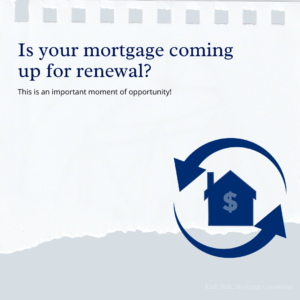Getting a home ready for sale or lease is a big job on its own. For some, the thought of staging your home may be overwhelming. Realtors may offer this service as part of their package, but if not, don’t worry, it’s easy to do it yourself with a little inspiration. Beyond the basic advice of the 3 D’s: depersonalize, declutter and decorate, there’s a lot more that can be done to get your desired outcome. Selling your home depends on many factors. Most importantly, it relies on the feeling it exudes when a potential buyer walks through the door. If you’re ready to move on quickly and for top dollar, consider some of these DIY home staging tips.
Your staging efforts will determine the experience buyers get when touring your house. The goal is to make them feel welcomed and at ease, starting with the exterior of the house. The right place gives prospective purchasers a positive feeling, somewhere they could see many joyous days.
1. use your resources
Can you think of an interior designer or realtor within your network? Invite them over to view the home in person and pick their brain a bit. They may be able to direct you to local businesses that offer furniture rentals or moving companies. Feng shui consultants are a good option to consider as well.
Emerging from ancient China, Feng shui is a traditional method also known as Chinese geomancy which is very popular in home staging. It claims to harmonize individuals by using the energy forces of their surrounding environment. By incorporating different elements in individual directions within your home, you may be inviting prosperity inside.
2. revive your rooms
Take a true and critical look at your place, does the kitchen scream “drab”? Are there stains on the upholstery? Does the bathroom look worn out? Freshening things up can make a place look new.
If your kitchen cabinets seem to darken up the room, consider painting them. Decide if you’d want them all one colour or different for the top and lower cabinets. Getting creative with the colour combination is one way of interesting buyers, however something too bold could turn some away. A clean slate is a great start, sparkle it up a bit with new hardware for the finishing touch. Doing this yourself can save lots of money as opposed to replacing the cabinets.
Do your existing rugs and window treatments pass the cleanliness check? If they are soiled or tattered it’s best to get them cleaned, repaired or replaced altogether. Go take a look around the sinks and tiles. Reapplying grout on tiles and caulk along sinks and windows makes it look so fresh and so clean.
3. edit your layout
Perhaps there is too much furniture that’s accumulated in the house throughout the years, making the space seem small and crowded. Consider donating, selling or storing larger items you want to keep for another day. Work with virtual room planners to help you better visualize the best possible placement for current furniture or future purchases.
Let the homes’ unique characteristics do the talking. Is there leaded glass in the living room or vaulted ceilings in the entryway? Keep the curtains pulled back to showcase your gorgeous windows and use decor that accentuates the height in the room. A fresh coat of paint in a warm yet neutral colour can work like magic.
4. boost your appeal
Ensure the entryway of the home is clean and has a nice doormat, if it’s on the larger side, a pair of outdoor chairs and side table would come in handy here. Sometimes using the senses works too, make sure the property smells nice but not overly fragrant. Before someone agrees to purchase your house they must first envision themselves living there. While staging, try to showcase all of the possible amenities that the house can provide. Maybe it’s a nursery set up in a small bedroom or a multipurpose bedroom with work from home desk combination. Give viewers of the home options of what they could use the square footage for. Does your house have an awkward empty space? Create a designated “drop zone” for day to day things like keys, mail and device charging.
5. accentuate your aesthetic
Do you want your home to make a statement? While the safe and neutral choices for paint schemes are welcomed, so are splashes of colour in accessories. Bold hues in accent furniture or throw blankets gives the potential buyer ideas of how they’d possibly decorate. Think of a theme, nautical for example, and roll with it for select items throughout the home. This is the time to get creative with artwork as well. Rooms with pops of blue, lanterns scattered or an overall coastal vibe will stand apart from boring beige places.
On the other hand, unless you’re looking to only sell to a specific demographic, it’s best to avoid overly themed staging. Test your styling limits by mixing metallics and materials. An office space with leather chairs can be styled with a sheepskin rug and nice shiny lamp. The idea is to mix and match textures, colours, patterns and light until it feels just right.
staged to sell
Home staging is an exercise in clearing away personal clutter, making your house feel like a home for someone else, all while trying to get the best possible return on investment. Reevaluating what is important with every possession you have can result in a renewed sense of self. Letting go of things that no longer serve you and likely won’t serve others can be freeing and purposeful at the same time.
Good luck on your journey!



